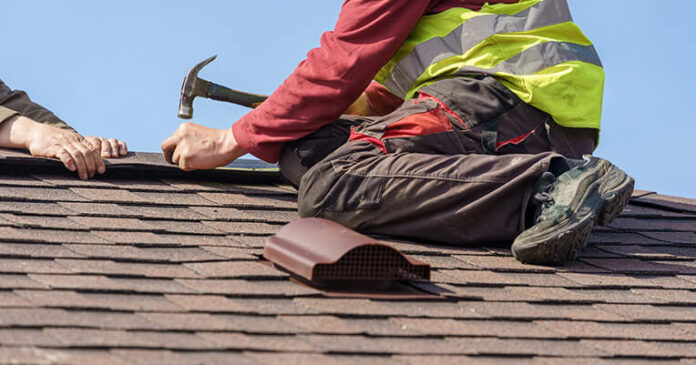When most families think about home safety, their minds jump to smoke alarms, sturdy locks, or childproof outlets. Yet the roof over everyone’s head — quite literally — rarely gets the attention it deserves until a shingle lands in the garden or a leak starts dripping onto the sofa.
Understanding basic roof safety does more than protect drywall and furniture; it shields loved ones from hazards that can escalate quickly. By learning how to spot problems early, organize timely upkeep, and respond correctly during emergencies, every family can keep their shelter secure and costs manageable.
Learn to Read Your Roof’s First Warning Signs
Roofs seldom fail without sending early signals. Families who make a habit of visual inspections after heavy rain or strong winds can catch loose flashing, curled shingles, or clogged gutters before they worsen. A simple walk around the yard with binoculars lets you look for discoloration, sagging lines, or granules collecting near downspouts, clues that protective layers are thinning.
Teaching children to report odd tapping sounds in the attic or new water stains on ceilings turns the whole household into a watch team. Small fixes discovered this way often prevent far more expensive structural repairs down the road.
Prioritize Safe DIY Practices
A confident do-it-yourself spirit is admirable, but climbing onto a roof without the right gear and knowledge invites serious injuries. Always use a sturdy ladder secured at the base and extending at least three feet beyond the gutter edge. Wear rubber-soled shoes for steady footing and avoid work during wet or icy conditions, even if the schedule feels tight.
If a child insists on “helping,” assign ground tasks like handing up tools or raking away debris rather than letting them ascend. Clear communication, protective gloves, and eye shields make minor maintenance jobs far safer, leaving complex tasks to adults or professionals.
Plan Seasonal Maintenance Like a Pro
Each season places unique stress on roofing materials, and anticipating these changes keeps the surface resilient. In spring, remove winter debris and check for ice-dam damage. Summer’s heat can dry out caulk around vents, so a quick re-seal preserves airtightness. Autumn leaf buildup blocks drainage, meaning a pre-holiday gutter clean is essential.
Finally, before the first cold snap, confirm insulation is intact to reduce heat loss and hinder snow melt that can refreeze along eaves. Scheduling these chores on a shared family calendar encourages consistency and spreads the workload, transforming maintenance into a predictable routine rather than a crisis response.
Know When to Call the Experts
Even the most diligent homeowners reach a point where professional insight is the safest option. If multiple shingles are missing, interior mold appears, or daylight peeks through attic boards, specialist help is non-negotiable. Reputable contractors carry harnesses, insurance, and the technical knowledge to diagnose hidden structural weaknesses.
One call to companies that provide residential roof repair services can stop minor decay from turning into full-scale replacement, saving both money and peace of mind. Keep a vetted contact list taped inside a kitchen cabinet so anyone in the family can reach out quickly during an emergency.
Conclusion
Roofs might seem distant, but the well-being of everyone below them relies on consistent attention and smart decisions above the ceiling. By spotting early warning signs, practicing safe maintenance, scheduling seasonal checkups, and knowing when to bring in qualified professionals, families transform roof care into a straightforward, shared responsibility.
A little vigilance today ensures that every story told under that roof, from bedtime tales to holiday gatherings, unfolds in comfort and security for years to come.

Leave a Reply